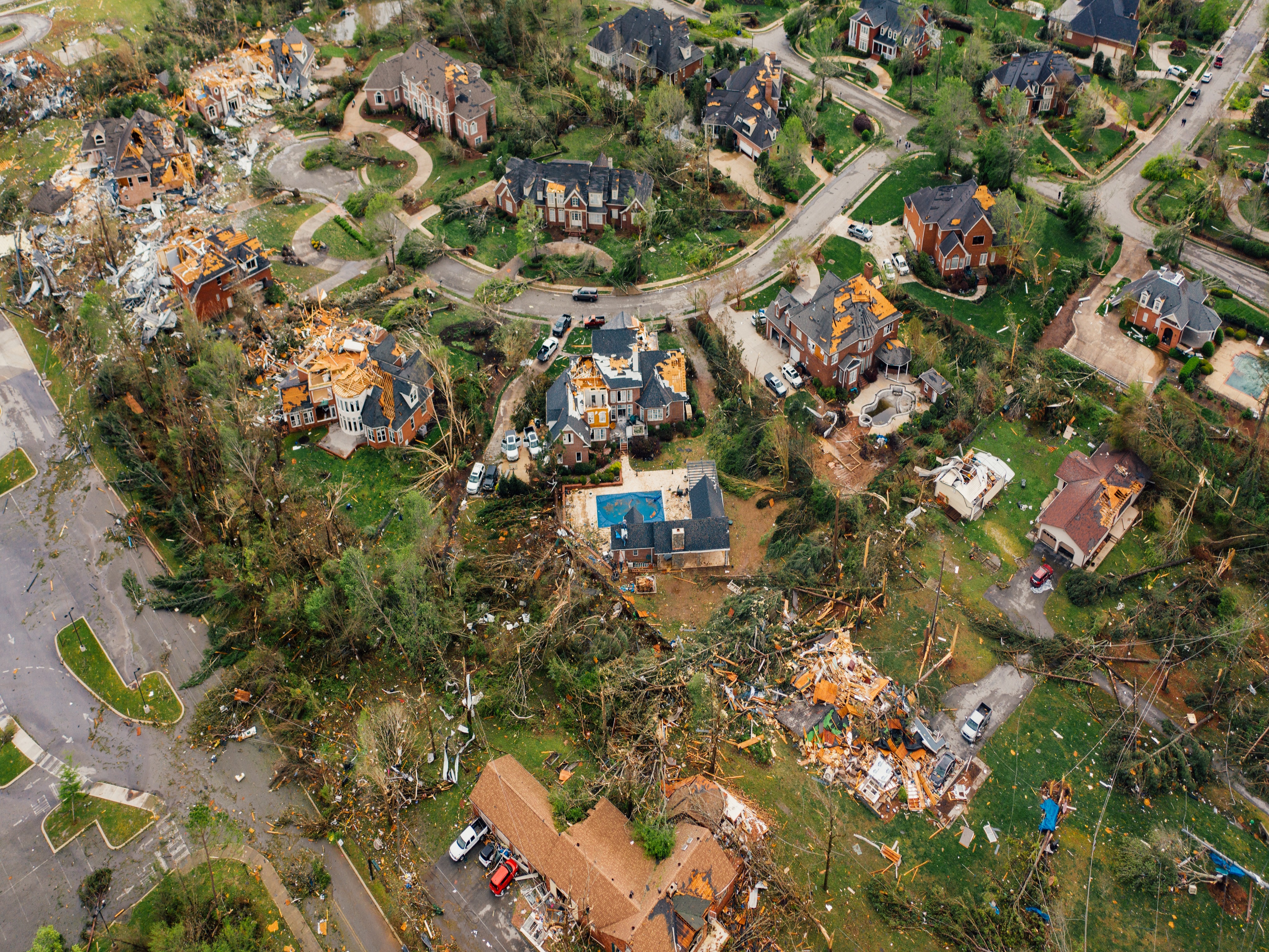Disaster Cleanup
The Critical Role of Disaster Cleanup
Disaster cleanup is an essential service after devastating events such as hurricanes and tornadoes. Our team has served in numerous storm tours, helping communities rebuild and recover. This process requires meticulous attention to detail, careful planning, and a deep understanding of structural forensic engineering.
Safety First:
The most critical aspect of disaster cleanup is ensuring safety. This process involves not only immediate cleanup but also stabilizing structures to prevent further damage or injuries. Techniques such as shoring can secure compromised structures, ensuring a safe environment for cleanup and reconstruction efforts.
Structural Forensic Engineering:
An understanding of structural forensic engineering is vital in disaster cleanup. This field of engineering investigates why structures fail, which can inform safer rebuilding strategies. It allows us to learn from each disaster and continuously improve our building practices.
Community Rebuilding:
Disaster cleanup is about more than just removing debris and stabilizing buildings; it's about helping communities rebuild. Our team is committed to restoring affected areas, working closely with communities to rebuild homes, businesses, and infrastructure.
Resilience and Preparedness:
The work we do in disaster cleanup also contributes to future resilience. By learning from each disaster, we can build more robust structures and implement practices that mitigate damage from future events. This contributes to a community's preparedness and resilience over time.
Concluding Thoughts
Disaster cleanup is a multifaceted task that requires expertise, careful planning, and commitment. Our team understands the importance of these tasks and is dedicated to serving communities in their time of need. Through this work, we strive to ensure safety, rebuild stronger structures, and foster resilience for future challenges.

